Powershares S&P 500 Low Volatility Portfolio
Cut market gyrations with an ETF that owns the 100 least-volatile stocks in the S&P 500.

Want higher returns? take on more risk. This commonly accepted link between risk and return is a fundamental rule underlying the way we invest. PowerShares S&P 500 Low Volatility Portfolio (symbol SPLV) seeks to defy the conventional wisdom by aiming for better returns while cutting risk. The exchange-traded fund's strategy is based on academic research showing that low-volatility stocks — ones with less-severe price swings — may deliver better returns with a smoother ride than riskier stocks over the long haul.
The ETF is based on the S&P 500 Low Volatility index. Standard & Poor’s starts by sifting the S&P 500-stock index for the 100 stocks with the lowest volatility over the previous year. It then weights them by volatility, allocating more to the steadiest stocks. The resulting portfolio is heavy on defensive stocks, such as utilities and health care firms, and light on cyclical sectors, such as energy and financial firms. But Invesco PowerShares, the ETF’s sponsor, says the fund won’t always look this way and could change gears quickly if defensive sectors hit a choppy patch.
Thus far, the young ETF has held up well when stocks have sunk and lagged when shares have surged. In the third quarter of 2011, during which the S&P 500 fell 13.9%, the ETF shed only 4.4%. In 2012, when the S&P 500 delivered a strong 16% gain, the fund returned only 10%. The ETF has been two-thirds as volatile as the S&P 500 over the past year.

Sign up for Kiplinger’s Free E-Newsletters
Profit and prosper with the best of expert advice on investing, taxes, retirement, personal finance and more - straight to your e-mail.
Profit and prosper with the best of expert advice - straight to your e-mail.
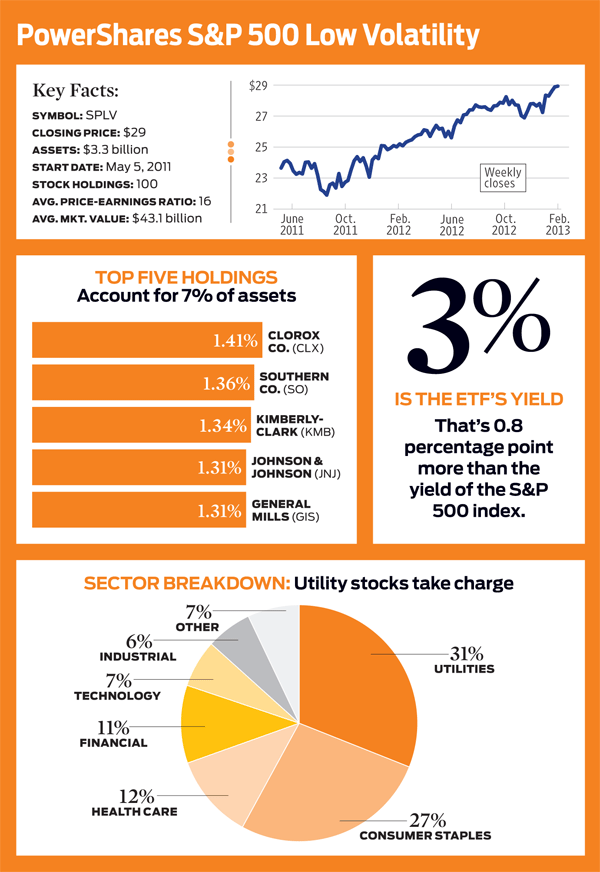
Get Kiplinger Today newsletter — free
Profit and prosper with the best of Kiplinger's advice on investing, taxes, retirement, personal finance and much more. Delivered daily. Enter your email in the box and click Sign Me Up.

-
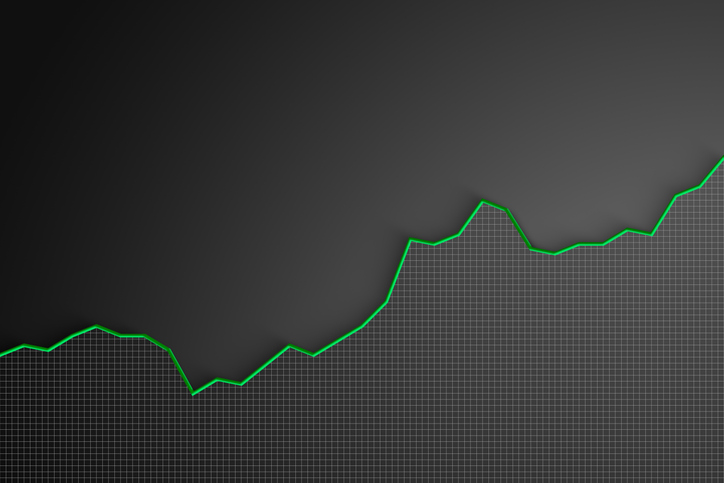 Stock Market Today: Stocks Soar on China Trade Talk Hopes
Stock Market Today: Stocks Soar on China Trade Talk HopesTreasury Secretary Bessent said current U.S.-China trade relations are unsustainable and signaled hopes for negotiations.
By Karee Venema
-
 2026 Disney Dining Plan Returns: Free Dining for Kids & Resort Benefits
2026 Disney Dining Plan Returns: Free Dining for Kids & Resort BenefitsPlan your 2026 Walt Disney World vacation now. Learn about the returning Disney Dining Plan, how kids aged three to nine eat free, and the exclusive benefits of staying at a Disney Resort hotel.
By Carla Ayers
-
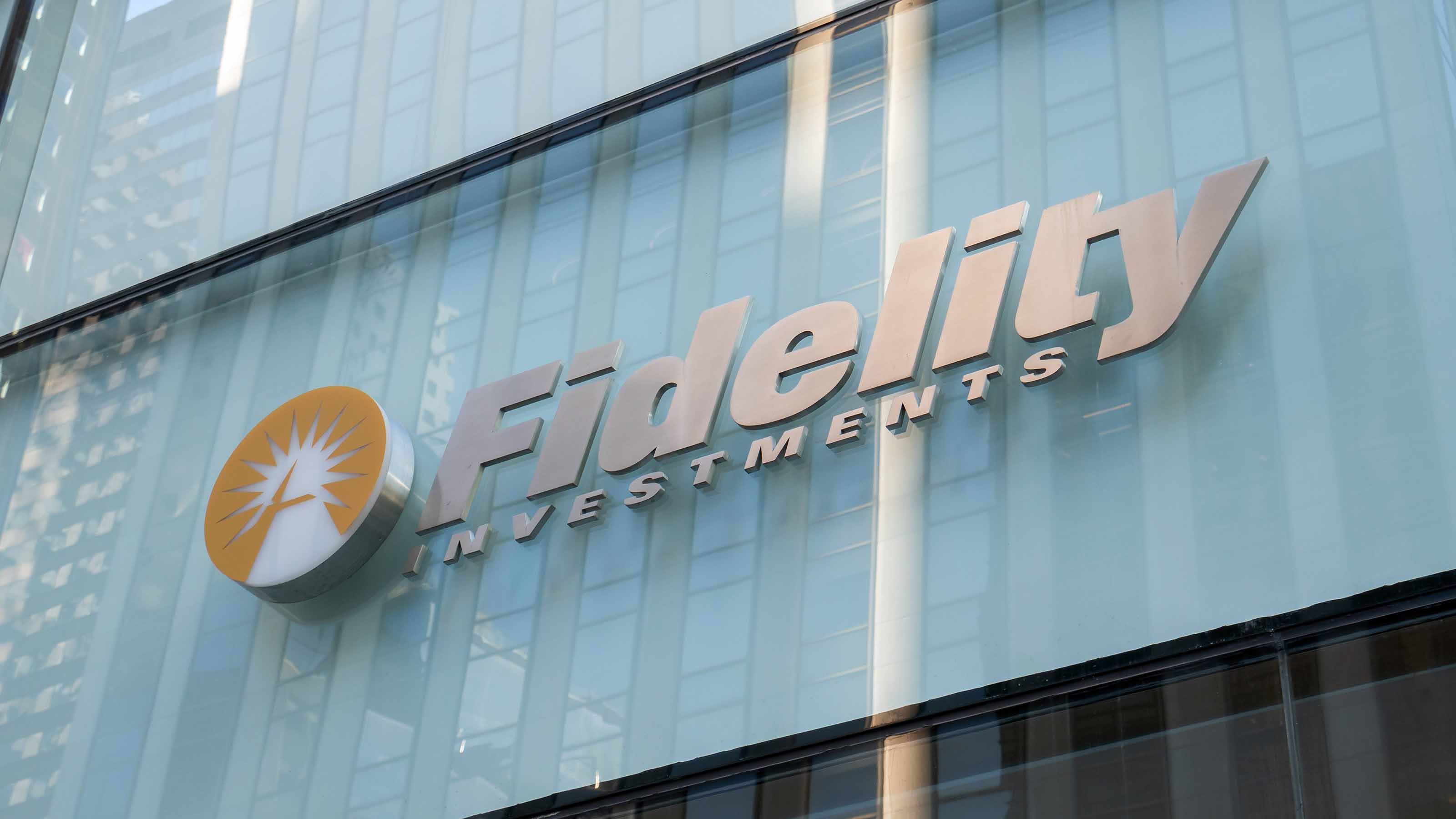 The 5 Best Actively Managed Fidelity Funds to Buy Now
The 5 Best Actively Managed Fidelity Funds to Buy Nowmutual funds In a stock picker's market, it's sometimes best to leave the driving to the pros. These Fidelity funds provide investors solid active management at low costs.
By Kent Thune
-
 The 12 Best Bear Market ETFs to Buy Now
The 12 Best Bear Market ETFs to Buy NowETFs Investors who are fearful about the more uncertainty in the new year can find plenty of protection among these bear market ETFs.
By Kyle Woodley
-
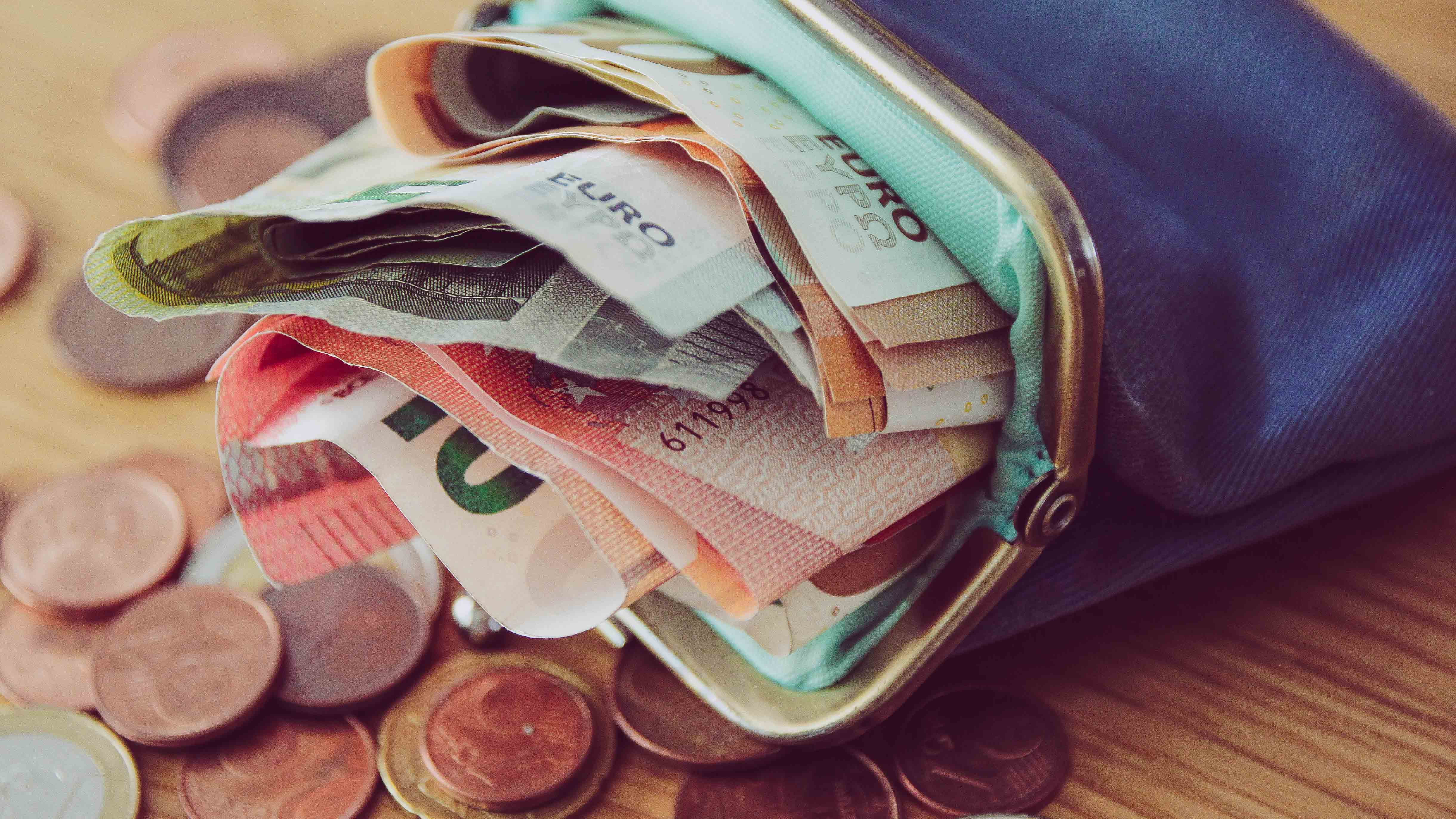 Don't Give Up on the Eurozone
Don't Give Up on the Eurozonemutual funds As Europe’s economy (and stock markets) wobble, Janus Henderson European Focus Fund (HFETX) keeps its footing with a focus on large Europe-based multinationals.
By Rivan V. Stinson
-
 Vanguard Global ESG Select Stock Profits from ESG Leaders
Vanguard Global ESG Select Stock Profits from ESG Leadersmutual funds Vanguard Global ESG Select Stock (VEIGX) favors firms with high standards for their businesses.
By Rivan V. Stinson
-
 Kip ETF 20: What's In, What's Out and Why
Kip ETF 20: What's In, What's Out and WhyKip ETF 20 The broad market has taken a major hit so far in 2022, sparking some tactical changes to Kiplinger's lineup of the best low-cost ETFs.
By Nellie S. Huang
-
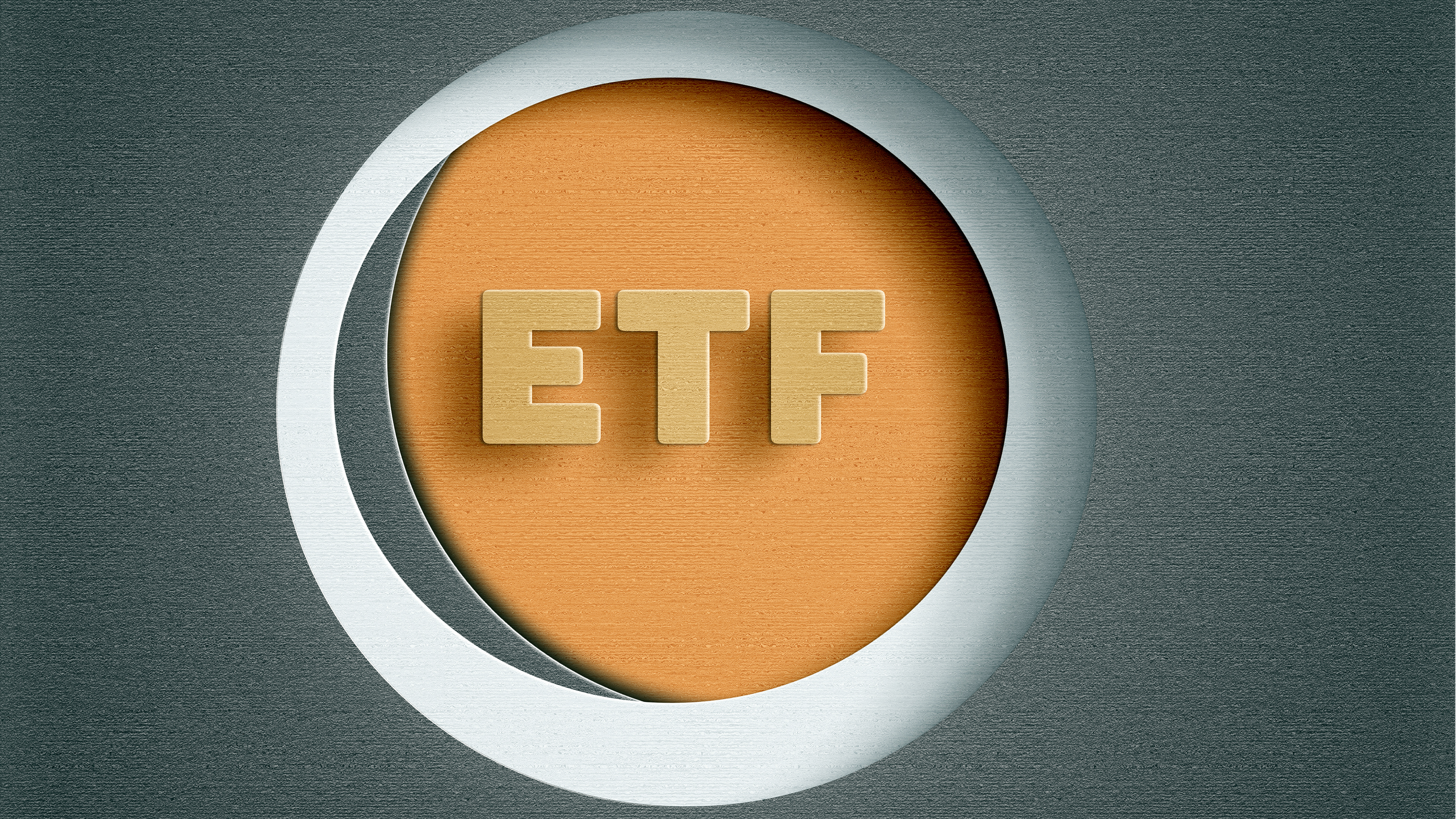 ETFs Are Now Mainstream. Here's Why They're So Appealing.
ETFs Are Now Mainstream. Here's Why They're So Appealing.Investing for Income ETFs offer investors broad diversification to their portfolios and at low costs to boot.
By Nellie S. Huang
-
 Do You Have Gun Stocks in Your Funds?
Do You Have Gun Stocks in Your Funds?ESG Investors looking to make changes amid gun violence can easily divest from gun stocks ... though it's trickier if they own them through funds.
By Ellen Kennedy
-
 How to Choose a Mutual Fund
How to Choose a Mutual Fundmutual funds Investors wanting to build a portfolio will have no shortage of mutual funds at their disposal. And that's one of the biggest problems in choosing just one or two.
By Coryanne Hicks